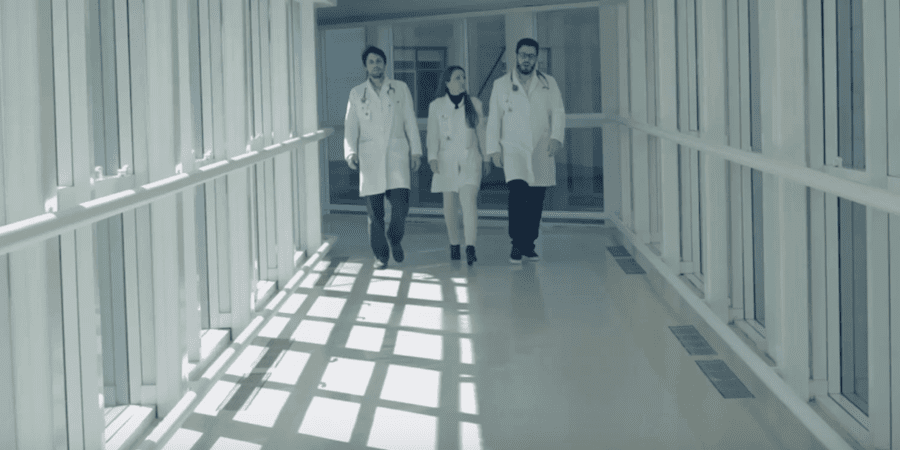
Lean thinking moves mountains in this Brazilian hospital
INTERVIEW – By making lean its way of thinking and acting, a hospital in Porto Alegre, Brazil was able to dramatically improve patient flow and transform its culture.
Interviewee: Frederico Tarrago, Innovation and Process Specialist, Hospital Moinhos de Vento – Porto Alegre, Brazil
Planet Lean: How did you get started on your lean journey?
Frederico Tarrago: The first thing we did, in 2012, was teaching lean thinking to our people, with the help of Lean Institute Brasil. I actually joined the hospital two years later. Being new to the healthcare sector (I came to it from automotive), I felt very uncertain about the approach and its methods. I wasn’t alone: it didn’t take long for people to start asking the infamous question, “Isn’t lean just for building cars?”
It was clear the challenge would be to show them the benefits of the methodology. We quickly realized that the best way to do it would be to lead people to quick wins in certain departments, to show results, grow the confidence of our early adopters, and get the support of staff. We began with little kaizens to show people (and management) how painless and impactful improvement could be, so that we could then push our lean efforts forward.
PL: What was the initial situation, then?
FT: There was a lot of stress in the organization, our ER was completely full, we had too many people working in some areas and too few in others, we always lacked free beds, and staff didn’t have the time to improve the work (nor the opportunity to share their ideas).
PL: What areas of the hospital did lean reach after those first experiments?
FT: The first phase of our transformation involved the support functions, not the core functions – like the inpatient area. Those came at a later stage. When we tackled the support functions, we used the quick wins to get people onboard, whereas for the inpatient area we were transparent in highlighting the gaps we had to fill and why we needed people to help us.
PL: What would you say were the main phases in your journey?
FT: First, we built the foundations for your transformation, helping the organization learn to see waste and training our people. We then kicked off a few projects and improvements that led us to quick wins, in order to show how beneficial lean could be. We put a lot of emphasis on celebrating those early wins. Finally, we started to focus on sustaining the results we have achieved, which means that we are relying less on training and more on coaching.
PL: Did you encounter resistance as you tried to change the culture?
FT: We had quite the challenge in front of us, because we are a 90-year-old organization with an old culture that was very ingrained in people’s minds. Despite this, however, people appeared to be very grateful for lean from the beginning. They were finally getting the help they needed to make things better, and were given the opportunity to learn every day on the job.
PL: How do the “gemba meetings” you run at the hospital contribute to the transformation?
FT: They are absolutely necessary to involve all areas. Before these meetings, people never had a chance to talk – let alone do so on a daily basis. Everybody has different priorities, which of course created a lot of confusion in our processes. What the meeting does is help folks express their needs while hearing what others have to say, with the idea that there is now one priority, shared by everyone working at Moinhos de Vento: ensuring the patients flow. We have alignment now, and people can see the gaps in the process. After they realized how much waste there was in our work, their will to improve grew noticeably.
Now we are also listening to people’s suggestions, and that has been a breakthrough. Once a year, we even organize a big one-day event for the whole organization, during which employees can present their A3s to management.

PL: How did flow contribute to tackle your problem with capacity?
FT: We reallocated people to areas that were overstressed but weren’t working at full capacity (there is no point in having more people than necessary in one place, and less than necessary in another). That’s how we balanced the work among different areas – a bit of heijunka! Departments would often ask for more people, and wherever we saw an actual need, we tried to bring more staff.
When placed on a graph our capacity/idleness situation appeared as two mountains. After we managed to balance things out, we started to joke that, yes, faith moves mountains, but that so does lean!
Additionally, we use IT tools linked to our ERP system to get an overview of our capacity situation at all times. This helps us to understand and plan the patient flow.
PL: Can you give us a couple of examples of changes you brought to the process?
FT: Sure. There are so many! We acted on discharges, for instance, by introducing a very simple change that had a huge impact. Patients ready for discharge would often have to wait a long time for the transportation team to show up and take them home. These days, we have the team follow the patient through the discharge process. The result is that we can free up beds much faster than before.
Another successful project – one of the first ones we ran – was in the cafeteria, where we were able to halve the time it took us to make food for patients from two hours to one hour. A month later, there were no complaints anymore. Given that was the number one grievance our patients had, we were all thrilled with the accomplishment.
We were also able to drastically reduce the setup time of our operating rooms by applying the SMED technique. Thanks to work standards, costs in the Sterile Processing Department also went down. Finally, we redefined the layout of the pharmacy of our ORs to rationalize the process and limit the amount of movement our professionals had to carry out to set up the medical kits that were used most often.
PL: How do you recognize and reward the improvements people make?
FT: All results are showed to the Board by means of a report prepared and presented by the team. While at the annual event we run we give little presents to people who present their A3s, in most cases recognition happens by providing our employees with a stage to share their breakthroughs and achievements.
PL: Where do you get your lean inspiration from?
FT: I read a lot of books and articles from Europe and the US, because here in Brazil we still have less literature than in those places, but the problems hospitals face are always the same.
THE INTERVIEWEE
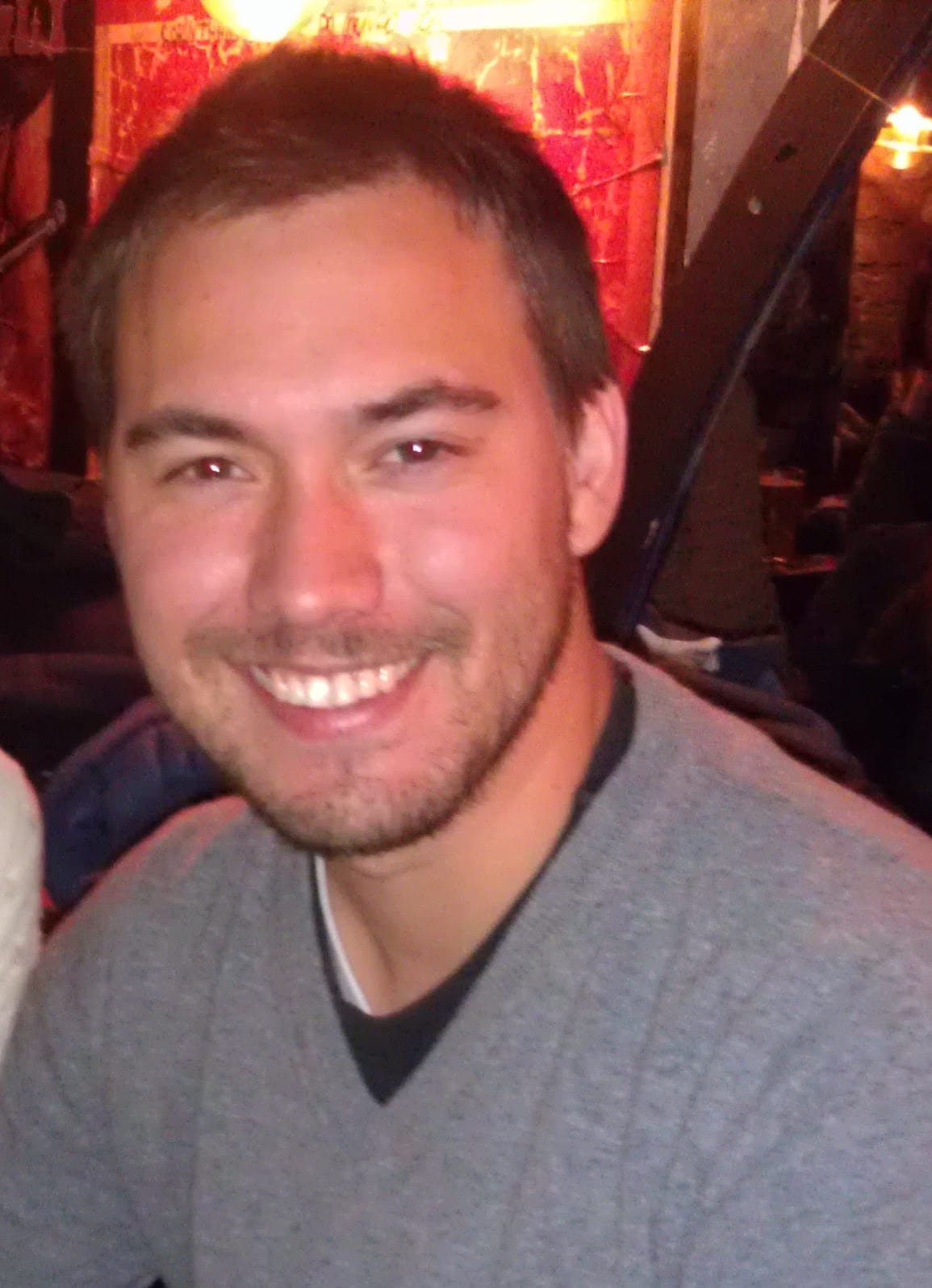
Read more


PROFILE – Earlier this month, our editor visited the US and sat down with the CEO of a community health center near Boston. His humility and honesty about his lean leadership are striking.
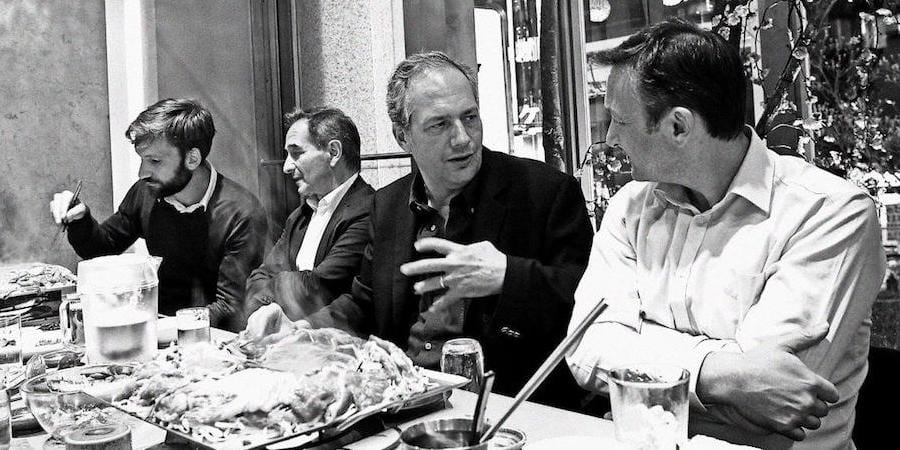

FEATURE – Following a visit to a Toyota supplier in Japan, the authors reflect on the nature of kaizen and explain why we might be looking for it in the wrong place.
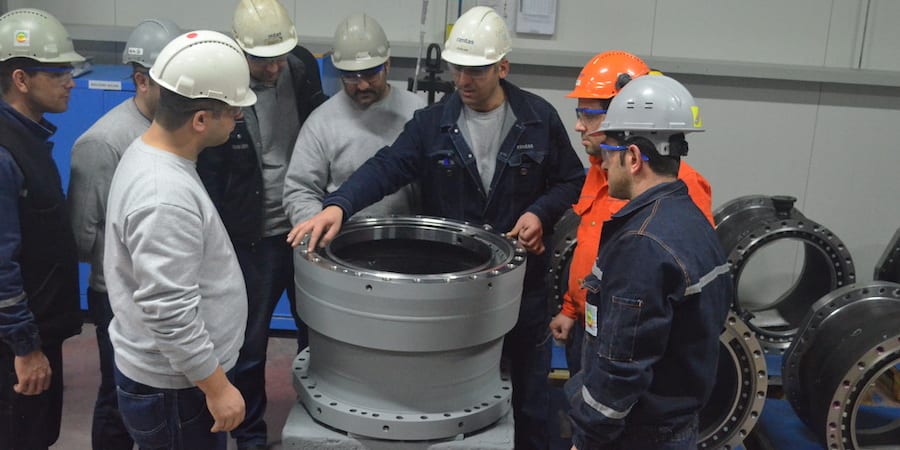

CASE STUDY – With plans to double capacity year on year in its new precision machining business, a Turkish company found in lean a way to control growth by stabilizing old processes while new ones are introduced.
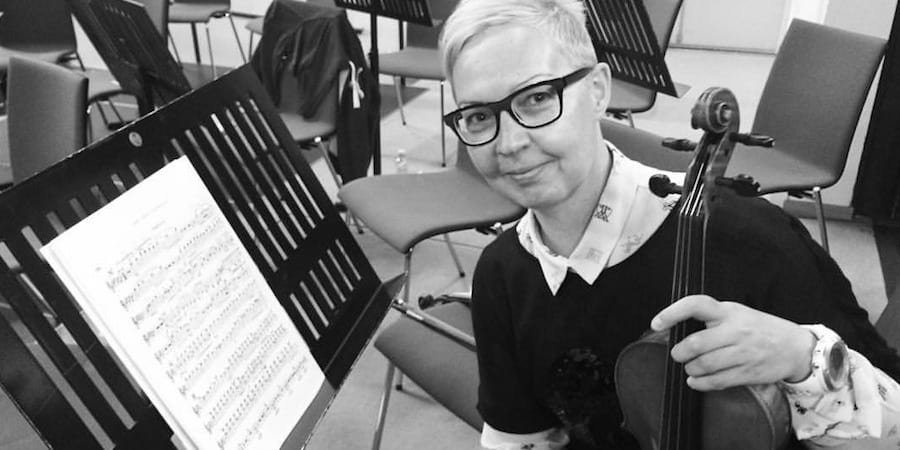

PROFILE – Persevering, letting people inspire you and committing to continuous learning. These are the things you need to do to successfully embrace lean thinking and, it turns out, learn to play the violin.

